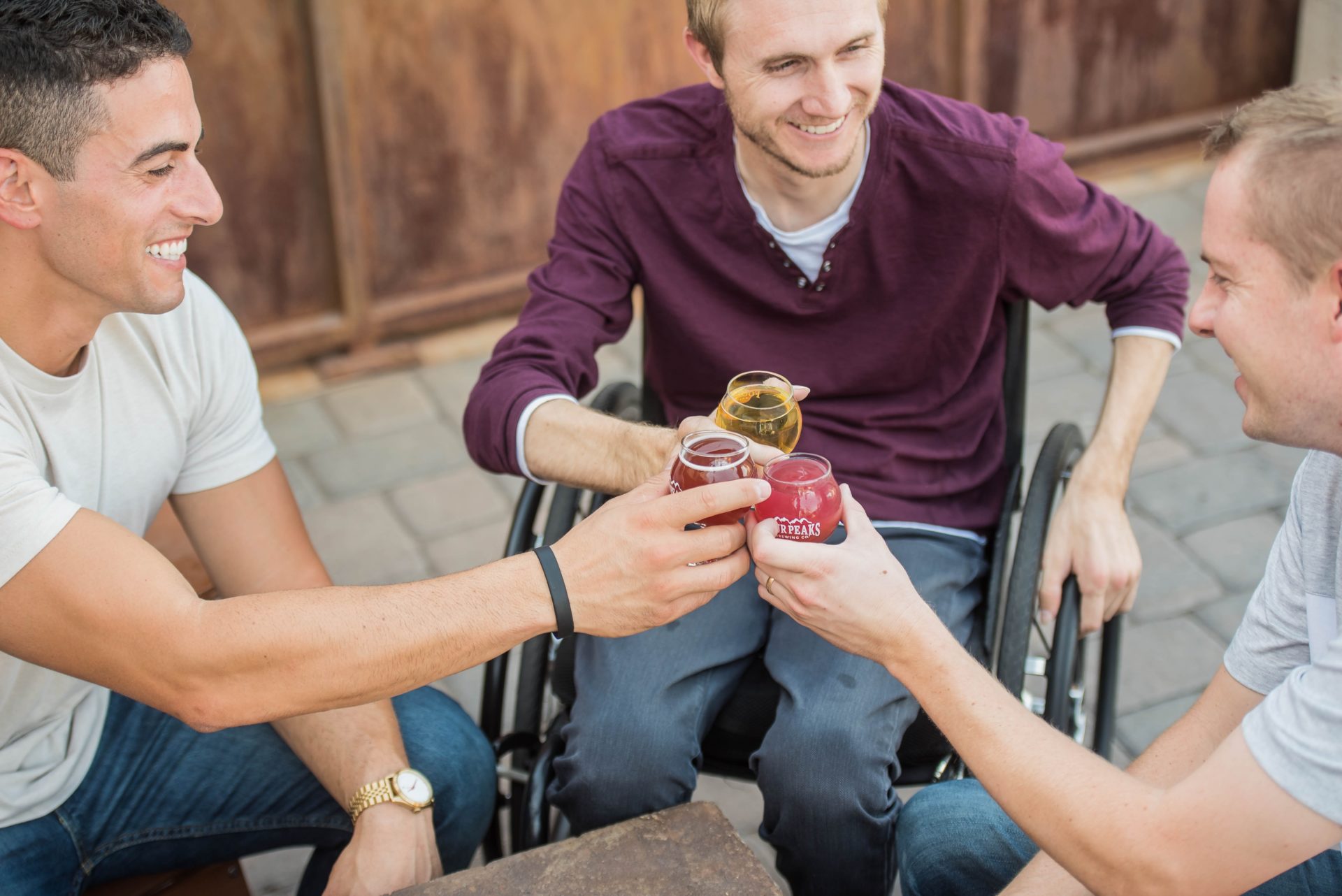With the recent Jobs and Skills Summit highlighting the discrimination people with a disability face when trying to enter the workforce, and with only 48 per cent of working-age Australians with a disability employed, it’s time for organisations to prioritise accessibility – and this starts at recruitment.
Don’t know where to start? Here are four ways you can make your recruitment process more accessible.
1. Avoid unconscious bias when recruiting
There are many ways to make your hiring process more accessible, but the first step is to address your own unconscious bias. Unconscious bias refers to an attitude or deep-rooted belief held subconsciously about a specific group of people. It can seep into recruitment practices and create further inequalities and disadvantages to minority groups, including people with disabilities.
To address your own unconscious bias, you must first acknowledge that it exists. Be honest with yourself and consider what type of candidates you tend to lean towards. Are they consistently from a majority group – i.e. able bodied or neurotypical people? If you tend to disregard people with disabilities – whether physical or non-physical – acknowledge this may be an unconscious bias and seek to understand why your unconscious bias exists.
Once you’ve acknowledged your unconscious bias, work to change your thinking and actively avoid generalisations or assumptions about candidates. It’s important for recruiters to understand that in many cases, a candidate doesn’t have to be neurotypical or able-bodied to be the best fit for the job. Recognising this is the first step towards promoting diversity and inclusion in the recruitment process, as well as creating an equal playing field for people of all abilities.
2. Using inclusive language
People with disabilities often face many disadvantages in the workforce, including when they’re applying for jobs. If the position you’re recruiting for is open to people of all abilities, it’s important to clearly indicate this in your job ad, along with necessary practical information about the role’s accessibility (i.e., wheelchair-accessible parking and/or bathrooms, internal audio induction loops, Braille labeling, ability to work from home, etc.).
A simple line such as ‘This position is open to people of all abilities’ will help job seekers with a disability feel more comfortable applying, in turn opening your recruitment to a wider and more diverse talent pool.
3. Posting the vacancy on hiring platforms that promote accessibility, to ensure people of all abilities can access the job ad with ease.
Some job sites and hiring platforms can be difficult to navigate for those with hearing or visual impairments, which can prevent these candidates from applying and potentially cost your organisation to miss out on great talent.
When advertising a role, ensure all platforms are accessible to those with hearing or visual impairments. Examples include:
- The ability to enlarge text
- Adding alt text to images
- Website text and font with a high contrast
- Video and multimedia with audio descriptions and captions
4. Design every step of the hiring process to be accessible for all abilities
Every step of the recruitment process should be accessible for all candidates, regardless of their ability. Make sure you communicate with the candidate in a way that is accessible to them, and ask how they would prefer to communicate with you. For example, if a candidate is hearing impaired and relies on a hearing aid or lip reading, consider opting for emails rather than phone calls.
Similarly, when scheduling an interview, ask a candidate if they would prefer to meet in person or remotely via video call. Video calls may be preferable for candidates with a disability for a number of reasons: they take the hassle out of travel and transport for people using wheelchairs or mobility aids, while allowing those with hearing impairments to lip-read or use closed captions.
If you’re interviewing a candidate in person, ensure the location is accessible for people with all types of mobility aids, including wheelchairs, walking sticks, crutches, or guide dogs, and avoid noisy or overcrowded locations as this can become challenging for those with hearing impairments, autism, or sensory processing disorders.
The key here is that every candidate and every person with a disability has different needs. Ask a candidate what they would like in the recruitment process and offer ways to support them with this.

Sally McKibbin is Indeed’s Career Coach and Diversity, Inclusion & Belonging expert. Sally has over a decade’s experience in recruitment and HR. Sally’s passion lies in helping people find jobs they love.

